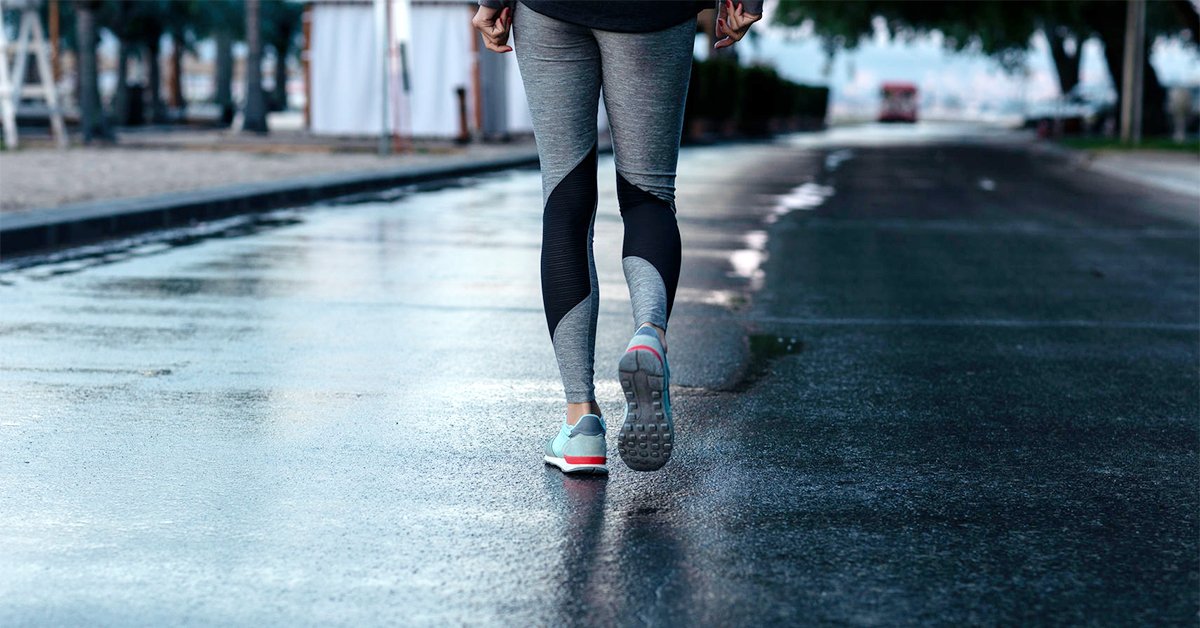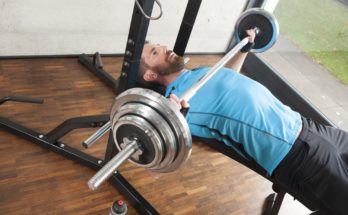There are lots of walks in life: the catwalk, the moonwalk, the walk of shame… But for most of us, walking is mostly just a great way to get around. It’s also one of the easiest forms of exercise, since it requires no equipment (or real skill).
That said, walking from the bedroom to the living room isn’t going to count toward your cardio goals. So when does walking really become exercise?
The actual body movement that occurs when you’re walking is like a pendulum — your body swings along, step by step, as you propel yourself over a stiff leg that acts like a pole vault. It involves putting one foot in front of the other and shifting your weight from side to side with each step to pivot over the fulcrum of your leg.
“Cardio” — short for cardiovascular exercise — refers to activity that involves or requires oxygen to meet the energy demands of your body. Any activity that increases your heart rate and respiration rate while using large muscles repetitively and rhythmically (yep, including sex) can fit the bill.
Walking definitely fits into the cardio category, but only if you walk at a pace and intensity that challenge your cardiovascular system, leading to increased demands on your muscles and heart.
No two walks (or walkers) are the same, so that tipping point might be different for each person. For starters, many variables can change the effect walking has on your body. These variables include pace, distance, and intensity. How quickly you walk, how long or how far you walk, and at what intensity will all affect your body’s response to the activity.
Before you get too caught up in the details, know that walking in all forms and at all paces is good for you. According to Dr. Robert Graham at FRESH Medicine at Physio Logic NYC, “All exercise counts. Exercise helps everything from preventing heart disease to depression.”
That’s good to know. But if you’re looking for a real workout, when does walking become cardio?
Again, that point is different for each person, based on variables such as activity level, weight, and health history. What remains consistent is that you need to be hitting a “moderate” pace to get your heart rate up and begin to see changes in your body’s cardiovascular demand.
According to Dr. Graham, a moderate level of activity noticeably increases your heart rate and breathing rate. This can be as simple as brisk walking. “Health officials recommend at least 30 minutes of moderate-intensity activity on most days of the week for a total of two hours and 30 minutes per week,” he says.
What exactly is “moderate” physical exercise? Dr. Graham breaks it down: “Simply put, you may sweat, but you are still able to carry on a conversation. You can talk, but you can’t sing.”
According to the CDC, “brisk walking” pace for most people is 3 miles or 5 kilometers per hour, or about 20 minutes per mile and 12 minutes per kilometer. Walking faster than 4 miles per hour (under 15 minutes per mile) is considered a fast pace — and definitely cardio.
To get all those health benefits of walking, you really want to bump up the pace. Not sure what pace you’re walking? Put a little pep in your step during your next walk. See if you break a small sweat. Or next time you hit the gym, get on the treadmill and set the pace to 3 miles per hour to get a feel for it. Then ask yourself if you can safely increase the pace to 3.5 or 4 miles per hour and maintain that pace for at least 30 minutes.
Walking is exercise — and as for those health benefits we keep referring to, there are so many! “Walking improves everything from general fitness, cardiac health, depression, and fatigue. It improves mood, reduces the risk for cancer and numerous chronic diseases, improves circulation and even posture,” says Dr. Graham.
Wondering if running might be even better for you than walking? Dr. Graham wants you to check out this study. When comparing the results of a recent National Runners’ Health Study with those of a National Walkers’ Health Study, researchers found that the energy used for moderate-intensity walking and vigorous-intensity running resulted in similar reductions in risk for high blood pressure, high cholesterol, diabetes, and heart disease over the study’s six-year period.
So there you have it: Not only is walking (at a moderate or vigorous intensity) beneficial for every system in your body, including your mood, it may be just as effective as running in warding off chronic diseases and health conditions that can lead to much bigger problems. And how many of your favorite workouts can you do at every age? Walking wins.
The kicker: Walking is fun! Hit the pavement with a friend, enjoy a stroll with your pup, or catch up on your favorite podcast while you’re out and about. Need more than that? Try picking a fun destination or using a fitness tracker to keep a step count competition going with your friends or coworkers.
Get some comfy sneakers, put on a colorful sweatproof outfit, pop in some headphones, and get those legs moving. Do it for your heart, your body, and your soul.




